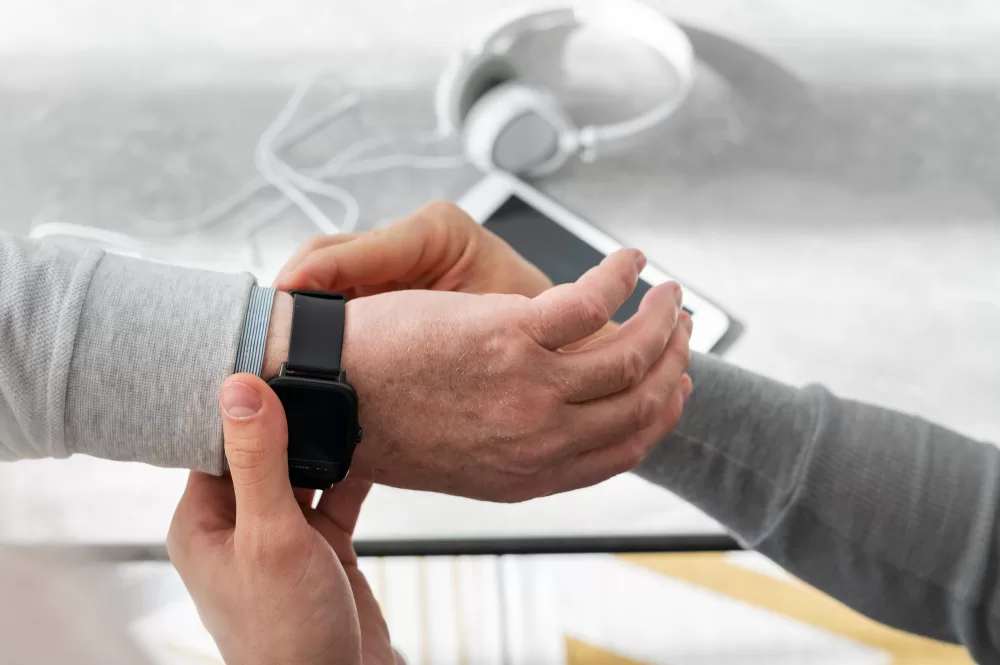Discover the latest trends in spinal fusion rehabilitation that enhance post-operative recovery, foster patient comfort, and significantly reduce healing time. The advancements in spinal fusion rehabilitation are revolutionizing post-operative recovery and giving patients a renewed sense of hope for a pain-free future.
A Glance at the Benefits of New Trends in Spinal Fusion Rehabilitation
Comfort Like Never Before
One of the key benefits of new developments in spinal fusion rehabilitation is an enhanced level of patient comfort. New techniques and strategies are now being designed to focus on minimizing post-operative pain, which can significantly impact the overall emotional well-being of the patient.
On the Fast-Track to Recovery
In addition to improved comfort, these innovative rehabilitation approaches are also helping to accelerate recovery. By implementing these strategies, patients can look forward to faster healing times and a quicker return to regular activities.

Improved Outcomes for a Brighter Future
The ultimate goal of any rehabilitation program is to get individuals back to feeling like themselves and back to activities that help improve their lives physically and mentally—rehabilitation in tandem with the proper strength and conditioning program and aid in assisting patients to achieve that success.
Technologies Nurturing These New Trends
The Rising Influence of Biologics
Biology, combined with advanced technology, is revolutionizing spinal fusion rehabilitation. Bone healing can be expedited by harnessing growth factors, significantly contributing to patient recovery.
Robotic Intervention
Robotic technology is another game-changer in the field. It allows for more precise surgery and ensures personalized rehabilitation, making recovery smoother and more comfortable.
Wearable Tech: The Future is Now
The advent of wearable technological devices for continuous monitoring and real-time adjustments to treatment plans has brought about an enhanced level of patient care, improving outcomes significantly. This has been proven with the proper use of heart rate monitoring devices like My-Zone.

The Integral Role of Post-Operative Care in Spinal Fusion
The Power of Physiotherapy
Physiotherapy is a crucial element of post-operative care in spinal fusion. It introduces essential exercises aided by physical therapy and other strength training concepts to assist the recovery process. This includes involving movements and exercises that help improve spinal loading.
Attending to the Mind
Adopting more holistic approaches to rehabilitation now recognizes the importance of addressing mental health, thus providing comprehensive patient care. As the quality of the patient’s rehabilitation process starts to produce the desired effects, this can lead to a positive overall attitude, and exercise adherence leads to an improved mental state. It develops confidence and a willingness to achieve more.
The Importance of Regular Check-ins
Regular follow-ups with medical teams have become a standard practice, ensuring close monitoring of the recovery progress. This helps maintain the efficacy of treatment plans and adapt them as necessary for each patient.

Peering into the Future of Spinal Fusion Rehabilitation
The Wonders of Telemedicine
The rise of virtual consultations, made possible through telemedicine, is paving the way for convenient, home-based recovery. This shows tremendous potential for the future of spinal fusion rehabilitation. Virtual treatments can allow us to reach individuals that we otherwise can’t and provide similar qualities of care for these individuals. Other inventions Include artificial disks or ADR and advanced surgical materials.
The Impact of AI and Machine Learning
Leveraging the power of artificial intelligence or AI machine learning, predictive algorithms are being developed for customized care plans, thus promising better and more targeted rehabilitation strategies.
Stay Tuned!
Understanding the cutting-edge trends in spinal fusion rehabilitation can provide patients with a clear path toward recovery and pain-free living. Always put your health first. Stay updated, ask your healthcare provider about these new trends, and don’t hesitate to seek appropriate medical attention. There lies a world of innovation at our fingertips, and embracing these changes could be the key to renewing hope and embracing a pain-free future.
Sources
- https://www.healthline.com/health/bone-health/spinal-fusion-recovery
- https://www.hamidmirmd.com/understanding-the-benefits-of-physical-therapy-after-spine-surgery/
- https://www.adrspine.com/resources/blogs/the-future-is-bright-whats-next-for-spine-surgery
- https://www.frontiersin.org/articles/10.3389/fsurg.2020.00054/full
About the author
Jason B. – a strength coach and post-physical therapy specialist with 18 years of experience. In college, I reached a point where I was truly embarrassed by my physical appearance, and I was sick of being the “big guy.” I began to eat better, exercise, and learn more about why our health is so important.